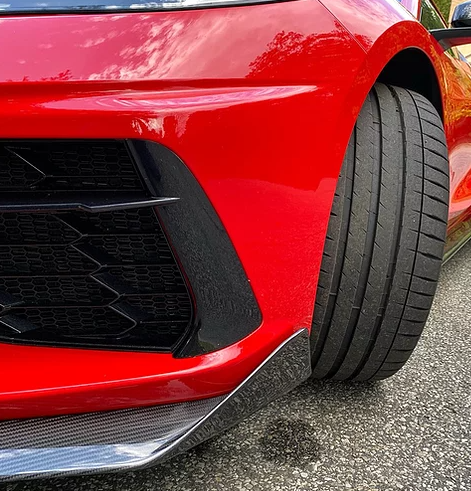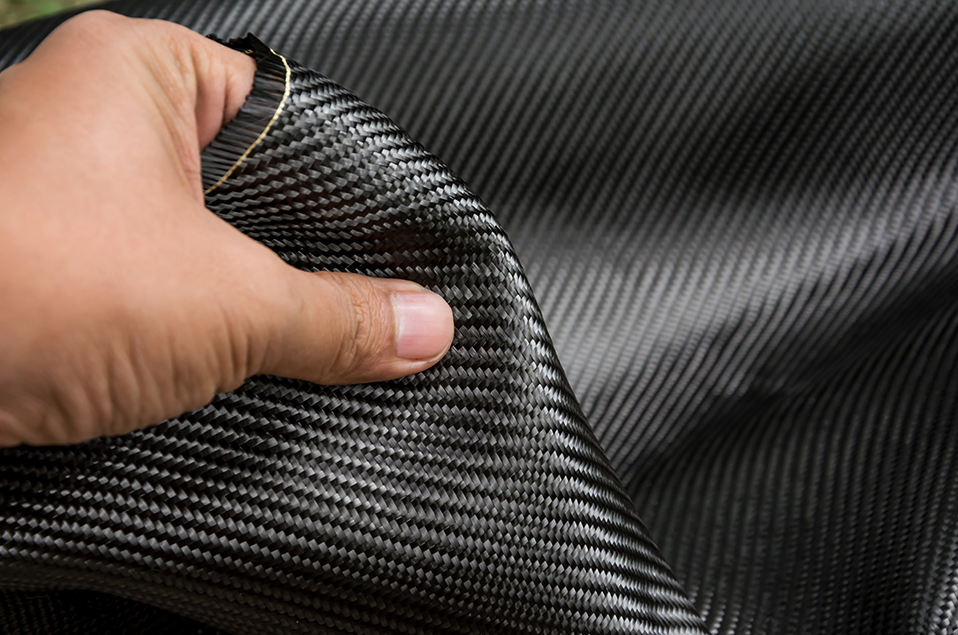What is Carbon Fiber?
WHAT IS CARBON FIBER?
Carbon Fiber is a polymer and sometimes is referred to as graphite fiber. Carbon Fiber is five-times stronger than steel and twice as stiff. along with being stronger and stiffer than steel, it is also lighter than steel making Carbon the Ideal manufacturing material for many parts. Carbon Fiber is made of thin, strong crystalline filaments of carbon that are twisted together like yarn in order for it to achieve its maximum strength. Carbon Fiber can be thinner than a strand of human hair and on top of being strong it also has these properties:
- Extremely stiff material
- high in Tensile Strength rating
- low weight to strength ratio
- high chemical resistance
- can withstand excessive heat
- has a low thermal expansion
All of these properties are why carbon fiber is such a popular material for many industries including Automotive, Aerospace, Military and more.

Where Did Carbon Fiber Originate?
Carbon Fiber dates back to the 1870's when Thomas Edison baked cotton threads or bamboo silvers at high temperatures, which would carbonize them into an all-carbon filament. by the 1950's this technique was improved enough to create high performance carbon fiber strands. Although these were still early inventions of carbon, as they contained only about 20% and had a low strength and stiffness properties. The process for creating Carbon Fiber is both chemical and mechanical. The high temperatures combined with a lack of oxygen causes a process known as carbonization in which the atoms inside the fibers vibrate violently pushing out most of the non-carbon atoms. The final product is a stand of tightly wound carbon atoms with few to none non-carbon atoms leftover.

Other Notes About Carbon Fiber...
Almost anything can be made from Carbon Fiber including, aircraft wings, propeller blades, containers, car components and more. According to an article at Energy.gov, Carbon Fiber components could reduce passenger car weight by 50%, which would improve fuel efficiency by nearly 35% without compromising the performance of the car or the safety of its passengers.






